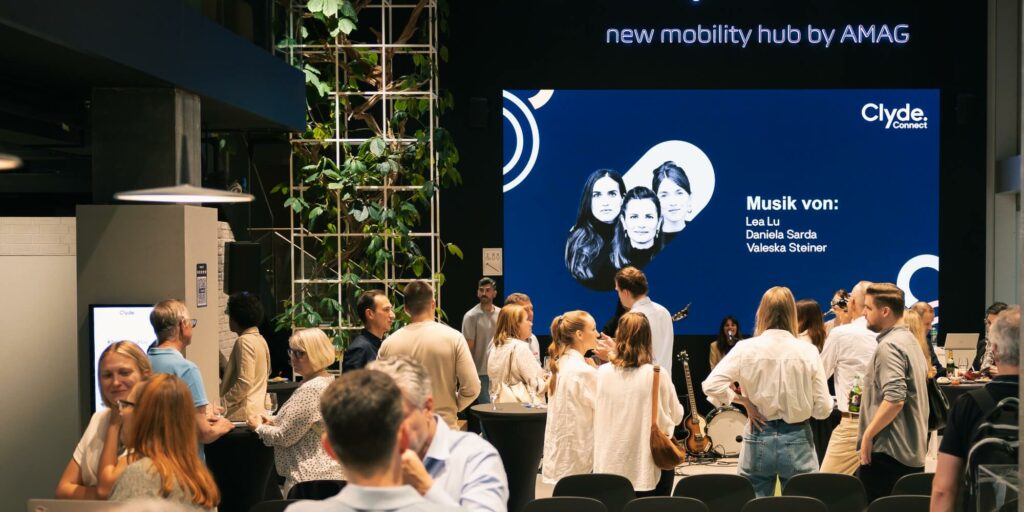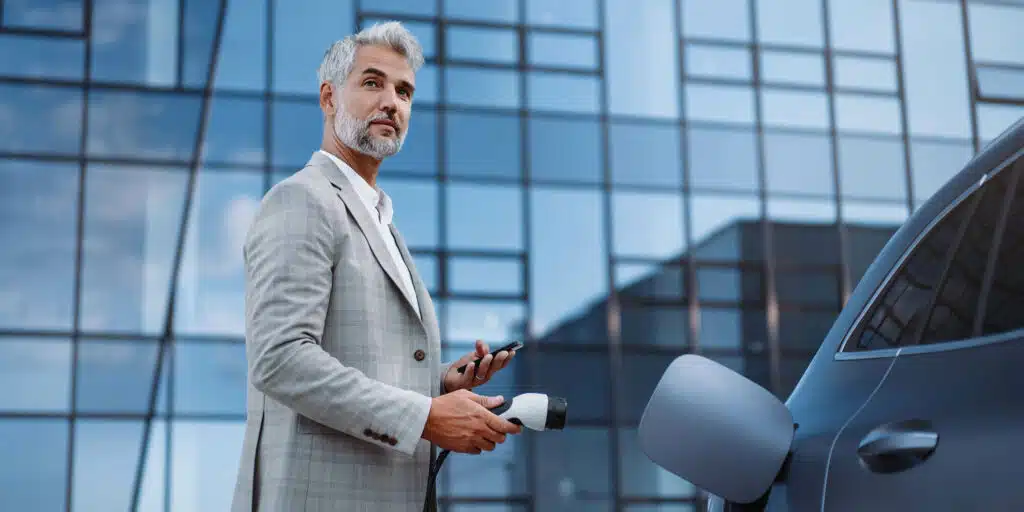
The optimal temperature for batteries in electric cars is between 25 and 35 degrees Celsius. In Swiss winters, however, it is not uncommon for temperatures to drop below zero – especially at night.
If a vehicle has been parked outside at night in cold temperatures, the battery must first warm up after starting. The result is that the range of the electric car is reduced. When temperatures drop, vehicle heating systems also become a faithful companion. Whether you switch on the air, seat, steering wheel or windscreen heating, the power demand increases. This then also reduces the range of your electric car.
Note, however, that it’s not all that different with combustion engines. Here, too, there is an increase in consumption when it is cold, because the engine burns more fuel to get to operating temperature.
Temperature can reduce the range of an electric car by 10 to 12%.
- Studie der American Automobile Association (AAA)
And yet that doesn’t mean you should cross an electric car off your wish list.
There are simple and encouraging tips on how you can access the full power of an electric car battery despite the cold.
The top 8 tips for electric cars in winter

How you can easily protect the energy reserves of an electric car in winter:
Tip 1:
If possible, park your electric car in a garage, so the battery does not get too cold.
Tip 2:
Heat up your electric car and its battery before setting off. To do this, you simply tell the electric car when you want to leave via the vehicle settings or app. Around 15 minutes is enough for preheating so that the battery reaches the ideal operating temperature. Ideally, you should use the power from a wall box.
Nice to know: if your electric car is not parked in a garage, the warming-up process will probably save you having to scrape the ice off.
Tip 3:
Swiss winters can be uncomfortable and cold. Nevertheless, try to do without air heating. Instead, rely on seat and steering wheel heating in an electric car, which require much less energy.
Tip 4:
Drive in eco mode to save energy and at the same time prevent wheelspin.
Tip 5:
Slower speeds not only have a positive impact on your driving safety, but also on the aerodynamic drag and energy consumption of electric cars. Reducing your speed on the motorway from 120 to 110 km/h already makes a difference.
Tip 6:
Fresh air is good for you. Nevertheless, do not keep doors and windows open too long so that electricity is not used unnecessarily for heating.
Tip 7:
Low temperatures affect the battery’s electrochemical reactions, slowing them down and prolonging the charging process. If the battery is already preheated, it works much faster.
Tip 8:
If possible, keep the charge level between 40 and 80 percent in winter – this prolongs the life of the battery.
Our conclusion
Electromobility promises great driving pleasure – even at low temperatures. Whenever possible, follow our valuable tips to avoid a loss of range. If you want to be on the safe side, plan in a range buffer even on your usual routes.
One thing is certain: you don’t have to fear a loss of comfort in winter when it comes to electrifying driving pleasure.
Your electric car
made easy.
You choose the right electric car and set the desired minimum term between 3 and 48 months as well as the monthly mileage between 250 and 4000 kilometres. You then pay a fixed monthly rate that covers all costs, even charging. Clyde is the only provider that delivers cars free of charge to anywhere in Switzerland. The entire purchase process is completely digital.


